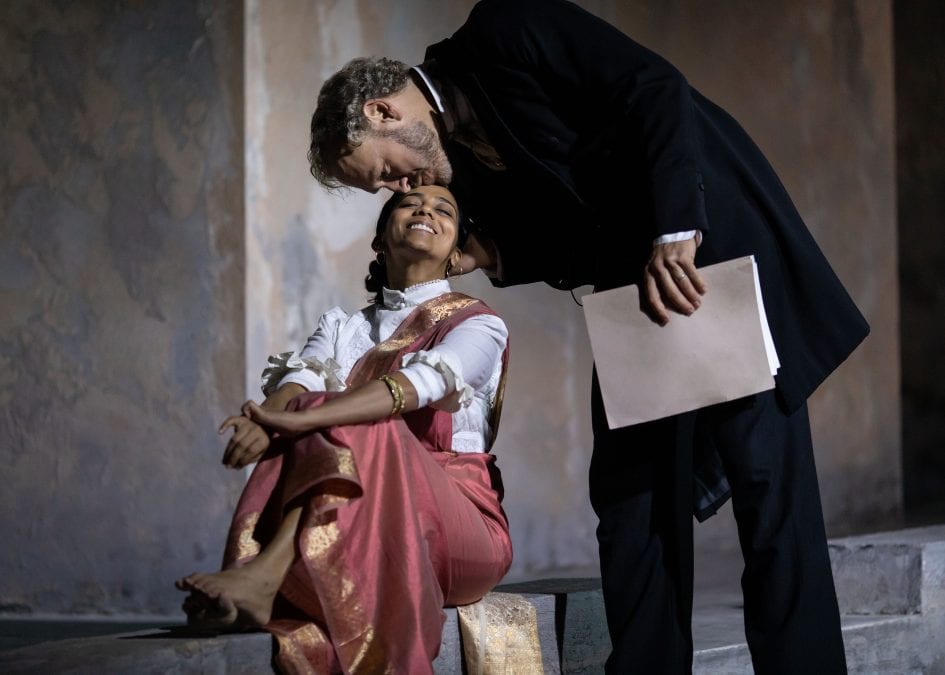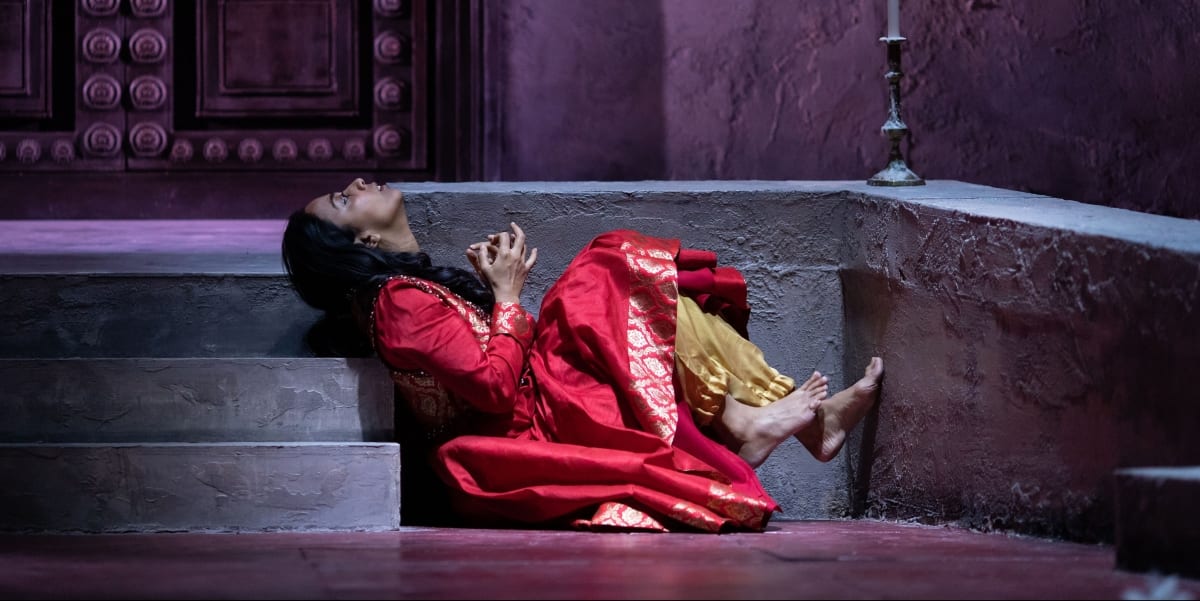A Doll’s House remains one of Ibsen’s masterpieces, and certainly one of his most performed plays throughout the world. When it premiered at the Royal Theatre of Copenhagen in Denmark in 1879 it caused an extraordinary amount of controversy to the middle-class audience of the time. At the end of the 19th century, the decision of a middle-class woman to leave her husband and children was atrocious. The famous slamming of the door as Nora left her house resonated long after the play’s end back in 1879. Can the slamming still resonate in the 21st century? The times have, luckily, changed and maybe Nora’s action does not seem as shocking as it did in the past, but it certainly remains an act of boldness.
In the Lyric’s new production of Ibsen’s classic, Tanika Gupta achieves something extraordinary with her new adaptation. By moving the action from Norway to Calcutta, whilst keeping 1879 as the time-period, Gupta allows the audience to see Nora – or Niru in this version – as not only a victim of her gender, but also a victim of her race. This change of setting from 19th century Norway to 19th century India is not a random one. It was in 1877 that Queen Victoria was proclaimed ‘Empress of India’, something which not only bound India to Britain even more, but something which allowed the British to keep imposing taxes on the Indian people and to keep ruling as if everything in the country belonged to them.
In this new version, Niru is an Indian woman, married to an Englishman – Tom – who lives in Calcutta and has just been promoted to becoming responsible for collecting tax from the Indian people. For Tom, Niru is his “Indian princess”, his pet, and his beautiful “skylark”. Tanika Gupta has kept the structure of the story intact, but has contributed with a couple new scenes which are truly excellent. The scene between Tom and his friend Dr Rank, for instance, is key in highlighting the way Tom views British rule as something beneficial for the Indian people. Dr Rank, on the other hand, is bold enough to say that the British bring nothing but trouble and pain. This debate of the two men presents a typical British argument of the time, of how the countries that were part of the Empire – such as India or other African colonies – needed Britain to bring civilisation to them.

Gupta’s addition of the British colonialist side to the character of Mr Tom Helmer is such an interesting element, and a twist which makes his alienation to Niru even worse.
The character of Niru is beautifully performed by Anjana Vasan. She is so frail and delicate – like a doll – and yet at other times she becomes so ferocious and wild. Vasan brings an excellent dynamism to Ibsen’s classic heroine, and her final exit becomes not only a comment on how her gender was treated by her husband, but also on how her people were treated by the British at the time. A really strong ensemble of actors – particularly Elliot Cowan as Tom Helmer and Colin Tierney as Dr Rank – contribute to making this production worth seeing. The excellent use of live music – performed and composed by Arun Ghosh – adds an excellent touch to all the transitions, but I did wish there was more of it throughout the piece.

